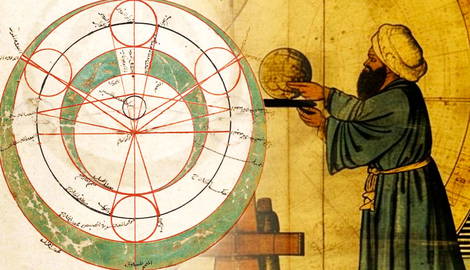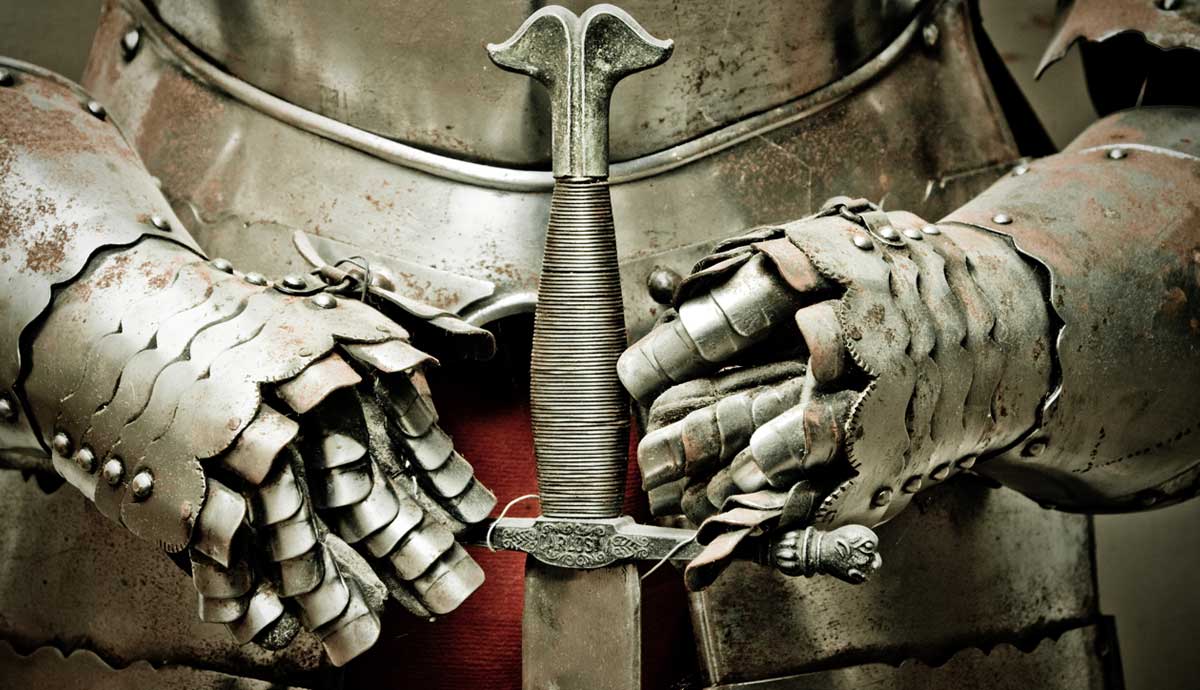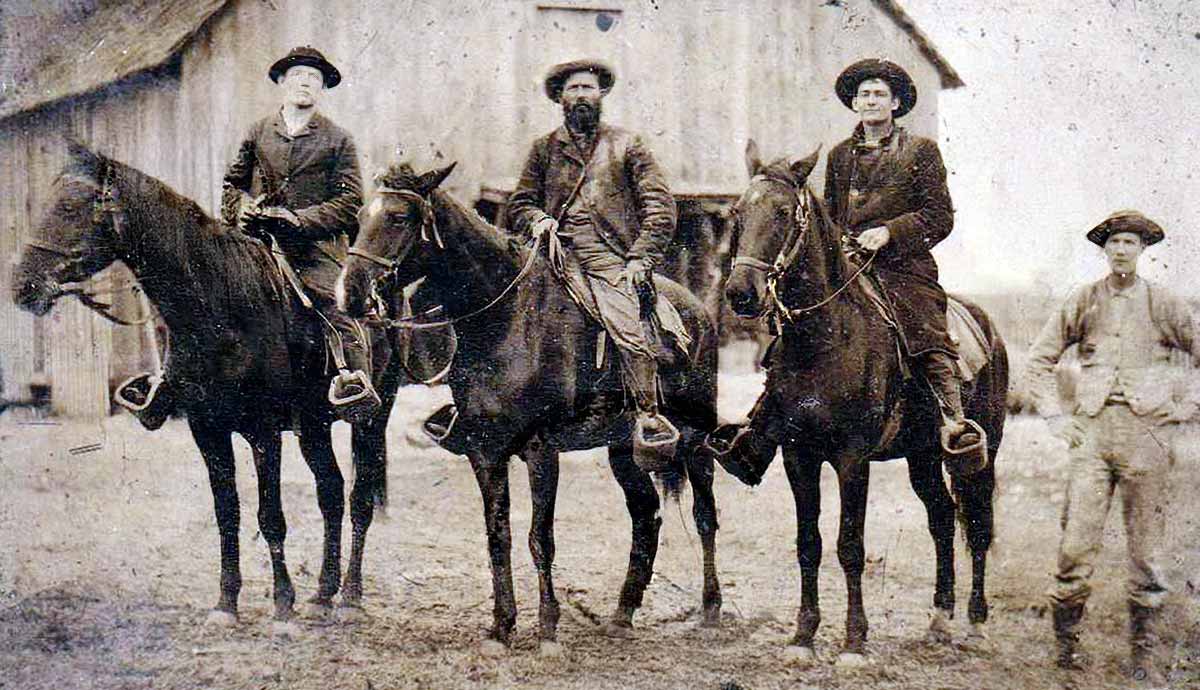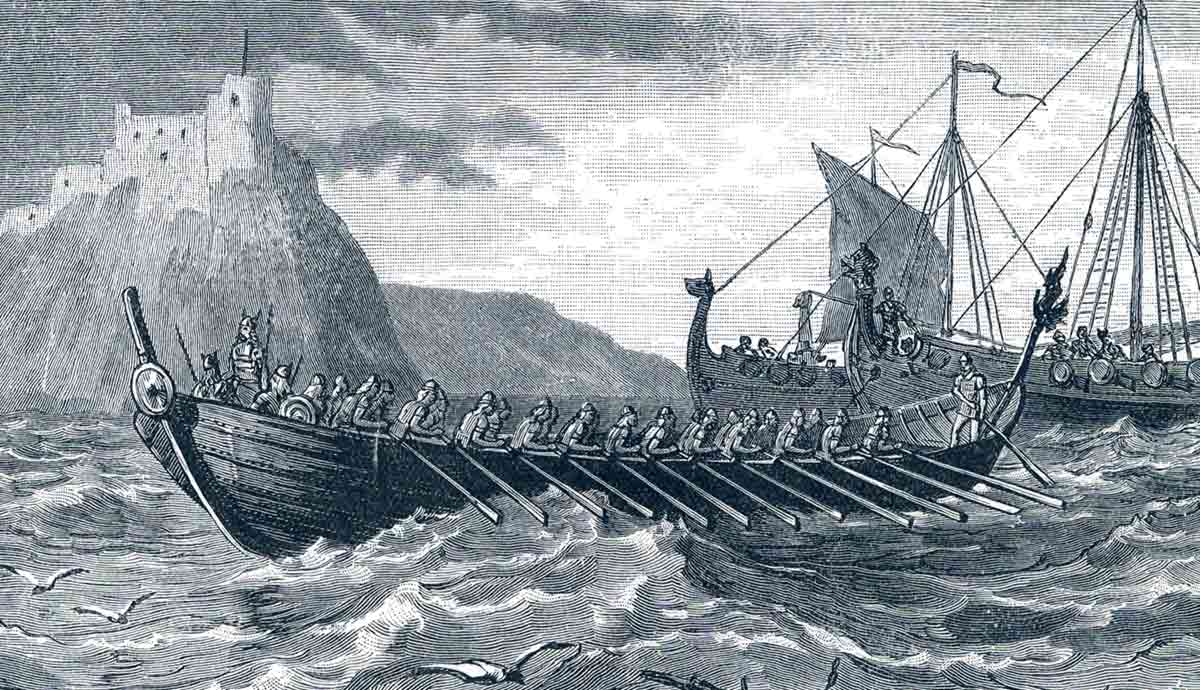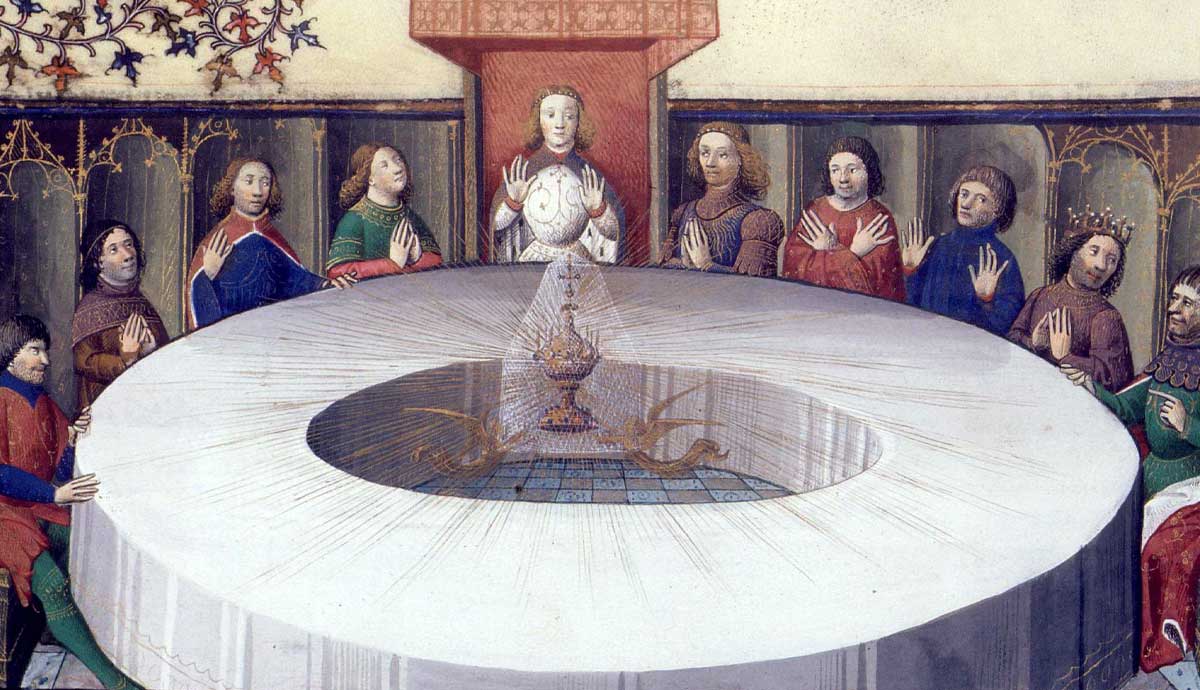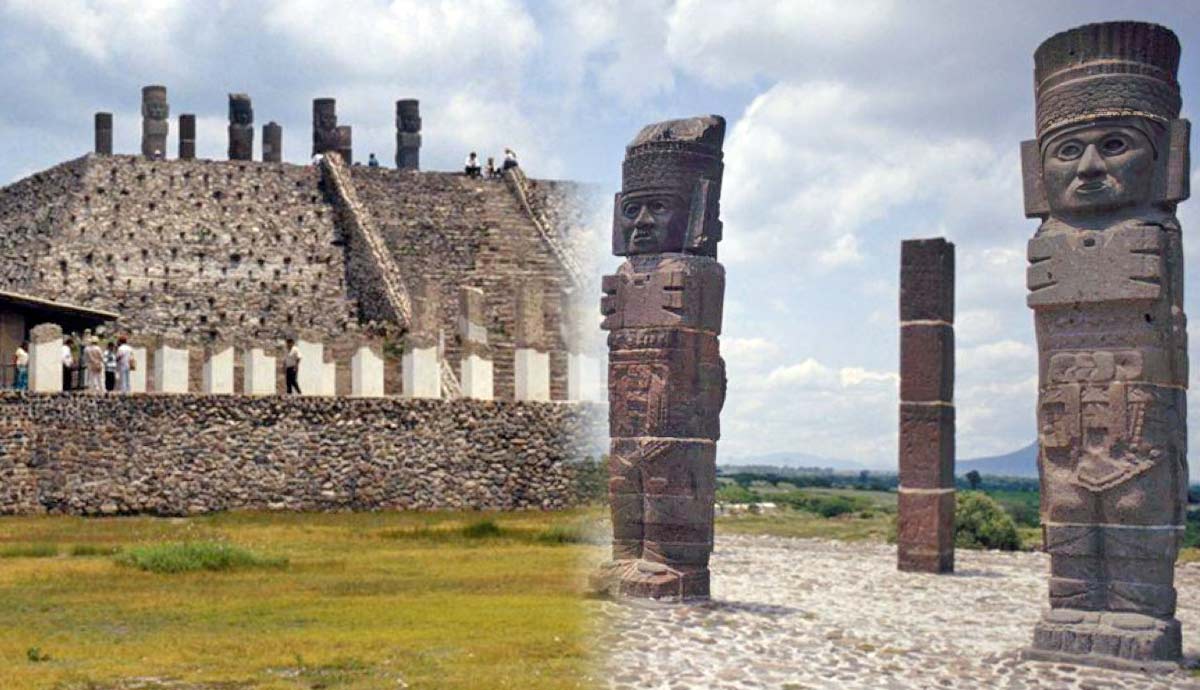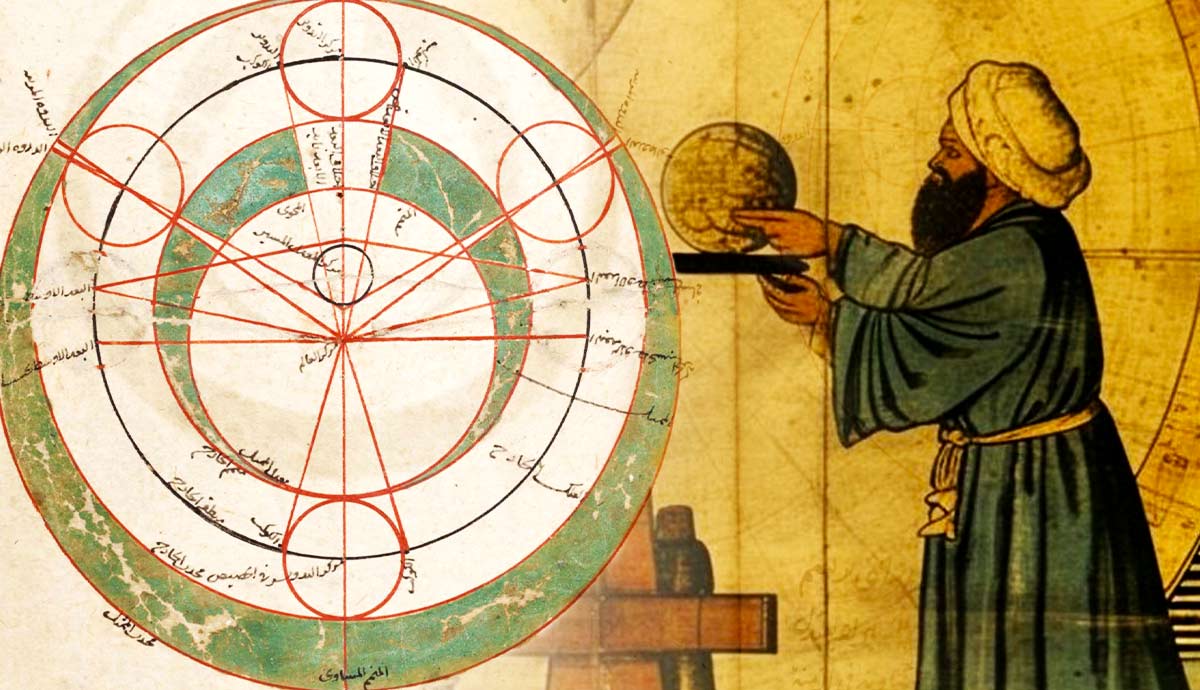
The rise of Islam across India, the Middle East, and Spain kindled intellectual achievements that are still relevant today. The Islamic Golden Age, lasting some five hundred years from the 8th to 14th centuries, saw important discoveries – especially in physics.
What Was the Foundation for Physics?

Centuries before this Golden Age, Greek philosophers started their quest to understand their world. First, Thales of Miletus (circa 600 BCE) declared water a “fundamental substance of the universe.” Thus, a shift started from supernatural beliefs to a pragmatic view of the world.
Other philosophers who created the basics of physics include Aristotle, Heraclitus, and Zeno of Elea. This knowledge, preserved during later Roman times, spread into the Levant and Egypt. Byzantine monks later methodically copied old manuscripts, preserving this knowledge. Islamic scholars in the Abbasid Caliphate incorporated this scientific base, translating Greek into Arabic. These scholars next made their own significant contributions.
Other vital sources for physics included Kanada (atoms) and the Indian philosopher Pakudha Katyayana (6th century BCE), who theorized the world formed from invisible atoms. The Abbasid Caliphs funded the studies of Islamic scholars, building centers like “The House of Wisdom” in Baghdad. Other knowledge centers existed in Cairo and Cordoba (Spain).
How Did These Islamic Scholars Expand Physics?

The Islamic scholars took a practical approach to physics. They used empirical observation and experimentation, notably different from their predecessors’ theoretical approach. Ancient Greek philosophers considered earth, water, air, and fire the earth’s basic elements. They observed events and causes, drawing conclusions from reasoning and logic.
The Golden Age scholars went further, both observing and experimenting. This experimentation would lead to the scientific method, a systematic approach of observing, testing, and tweaking the original thought. The philosopher Ibn Sina first proposed the law of inertia, one of the fundamental principles of physics.
The law of inertia states that if a body is at rest or moving at a constant speed in a straight line will stay that way until something changes. With this newer knowledge, Islamic scholars incorporated Greek, Indian, and Persian sources.
Which Branches of Physics Did the Scholars Advance?

Islamic scholars, via experiments and using the older philosopher’s knowledge, enhanced or improved specific laws of physics. The most significant advance came in optics or the properties of light. Examples are the reflection (bouncing) or refraction (bending) of light from different objects. The treatise Kitab al-Manazer (Book of Optics) from circa 1021 is now considered equal to Isaac Newton’s work from centuries later.
Mechanics, the study of forces, motions, and inertia, became the second with critiques or refinement of older sources. One scholar proposed that an object moving in a vacuum won’t stop. A practical invention from experimentation became the crankshaft.
Who Were the Notable Islamic Scholars for Physics?

Certain Islamic scholars stood out in advancing the study of physics. Their accomplishments via experimentation or theories led to significant findings. One, Ibn al-Haytham, has been called the “Father of Modern Optics.” His treatise, Book on Optics, resulting from experimentation, created a new understanding of light and vision. Al-Haytham’s organized approach, which used experiments to answer scientific questions, helped to develop the scientific method.
Al-Biruni, born in 973, began his studies at twenty-two. He made advances in mechanics and astronomy using his knowledge of geometry and algebra. In mechanics, his studies on density and gravity led to measuring objects in air and water via hydrostatic balance (the push from a liquid going up matches the pull of gravity).

Al-Biruni’s genius continued into astronomy (later astrophysics). He determined methods for calculating distances between planets and planetary movements. Plus, he could explain this fluently in five languages! A second noted scholar became known through his book, The Book of Healing, Ibn Sina, from around 1020 BCE. His tome delved into more than healing, demonstrating Sina’s knowledge in different areas. He connected his study of causal necessity with physics; causal necessity, or things that happen in nature because they’re supposed, like fire burns. This helped him and others understand natural forces that emphasize the behavior of particular objects.
The Islamic Golden Age also produced inventions while developing physics. The “Father of Optics,” Ibn al-Haytham, invented the pinhole camera. He sent light through his experiments into a dark room through a small opening. He found images displayed inverted on a screen or wall in the room through that tiny hole. Not bad for the 11th century!
What Islamic Physics Knowledge is Still Current?

The Islamic Golden Age advanced physics way past its ancient Greek roots. Renowned scholars advanced mechanics, astronomy, and optics into useable forms for the future. These scholars’ translations and preserving ancient knowledge were later read by Western thinkers, leading to modern physics.
